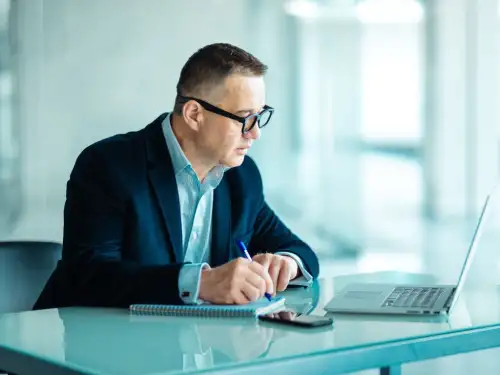We want you to be protected this year here are some Kitchen Safety Do’s and Don’t’s
- Wear shoes.
Ever drop a knife? Imagine that going into your foot. Ouch! Wearing shoes while you cook is always recommended. Not only will the shoes protect you from a fallen sharp object, but they will also protect you from other kitchen mishaps such as broken glass and hot water or oil spills (Shaffer 2018).
- Learn how to extinguish a fire.
There are roughly 164,500 residential cooking fires in the United States each year. Cooking is the leading cause of fires and injuries that occur in our homes. Be sure to always have a fire extinguisher in your kitchen and know how to use it. It takes only seconds for a fire to get uncontrollable. Learn about different types of fires such as grease and electric fires. Never put them out with water. Instead, your best bet to extinguish them is to use baking soda or a pan cover. Suffocating the fire by removing air is the best way to put out most fires. A fire inside your oven is best put out with an extinguisher, and a microwave fire can be put out just by turning off the appliance and keeping the door closed (Shaffer 2018).
- Learn how to use knives.
A dull knife is more likely to slip and cut you than a sharp knife. Keeping your knives sharpened is one of the easiest ways to keep them safe. A simple fix is to use a knife sharpener to maintain a keen-edged blade. Also, you should choose the appropriate knife for the task at hand. In other words, using a meat cleaver to slice strawberries isn’t the best idea (Shaffer 2018).
- Wear safe clothing.
Do not wear long, baggy sleeves in the kitchen. Can you imagine your sleeve catching fire on a gas stove? The outcome could be scary. In general, tops with fitted sleeves or no sleeves work best. Also, avoid wearing anything flammable or synthetic; when overheated, these fabrics can melt onto your skin (Shaffer 2018).
- Prevent burns.
Make sure when cooking that the handles of your pots and pans are turned inward. This will be safer than someone knocking into them resulting in your food flying and burning you. Always have potholders or oven mitts close by when handling anything on the stove top or oven. Don’t use wet potholders or dish rags because they will not keep the heat from burning your hands (Shaffer 2018).
- Always wash your hands.
You would think this is a given, but people forget. Don’t forget. It’s important to wash your hands in hot soapy water before and after cooking. Try to use paper towels to dry your hands afterward because if a dish towel touches any raw meats or juices it can lead to a bad case of food poisoning. Be sure to also clean all your surfaces and sinks where any raw meats or juices may have touched (Shaffer 2018).
- Always stir and lift away from you.
When lifting a lid on a pot there is condensation on the top. When lifting it off toward you, the scalding condensation can drip onto your skin, causing burns. The same goes for stirring. Make sure you always stir away from your body. After all, you want to eat the spaghetti sauce, not get burned by it (Shaffer 2018).
- Don’t set a hot glass dish on a wet or cold surface.
There’s actually a lot of science behind this tip. Glass expands when it gets warm and shrinks when it cools down, which causes stress, resulting in a combustion of glass. The best place to set a glass lid is on top of a trivet, cutting board or potholder (Shaffer 2018).
- Don’t use metal utensils on nonstick, Teflon pans.
Cooking with metal utensils on Teflon or non-stick pans can cause flaking or chipping of the Teflon. This can, in turn, mix toxic compounds into your food. A better solution: Use wooden or plastic spoons. Always (Shaffer 2018).
- Don’t use the same cutting board for raw meat, fruits and vegetables.
We all want to avoid washing extra dishes, but this is one area in which you shouldn’t take shortcuts. Using the same cutting board for meats, fruits and vegetables is a surefire way to get the whole family sick with salmonella poisoning. The FDA advises you use two separate cutting boards: one for raw meat, poultry and seafood, and another for fresh fruits and vegetables. If you must use the same board, its safest to prepare your fruits and vegetables first, wash your cutting board thoroughly with soap and hot water, and then prepare your meats (Shaffer 2018).
FEMA. “Data Snapshot: Thanksgiving Day Fires in Residential Buildings.” U.S. Fire Administration, November 2, 2021. https://www.usfa.fema.gov/data/statistics/reports/snapshot-thanksgiving.html.
Shaffer, Jennifer. “Top 10 Kitchen Safety Do's and Dont's.” Taste of Home. Taste of Home, March 23, 2021. https://www.tasteofhome.com/article/kitchen-safety-tips.




